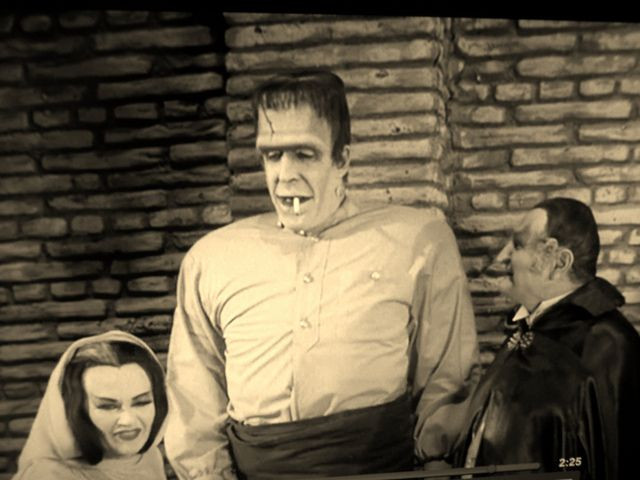Quitting Smoking Is Tied To Fewer TV Commercials, But Price Still Plays The Largest Role

At 11:59 p.m. on New Year’s Day, 1971, the last commercial advertisement for cigarettes aired on television. It was a 60-second spot for Virginia Slims, run on The Tonight Show, and it spared not even a second. At precisely 12:00 a.m. on Jan. 2, the Public Health Cigarette Smoking Act went into effect. Cigarette ads were now forever illegal on American TV and radio.
In the decades leading up to the present-day, even before Virginia Slims bid television viewers a fond farewell, smoking had been on its way out. Data from the Centers for Disease Control and Prevention show smoking rates have steadily declined from 42.4 percent in 1965 to 19 percent in 2011. And now a pair of University of Pennsylvania researchers has discovered the trend may be the result of tobacco’s exit from primetime television.
Dr. Patrick Jamieson and Dr. Daniel Romer of Penn’s Annenberg Public Policy Center reviewed and coded 1,838 hours of popular U.S. primetime dramas between 1955 and 2010. They compared the frequency of tobacco-related ads with the smoking rate of the given year, and taken across the 65-year period, created a picture of smoking habits that has robust ties to tobacco exposure on television.
Tobacco began its departure from TV in 1961, the team found, in all forms from handling to purchasing to actual smoking. Over the study period, tobacco use fell from 4.96 instances per hour of programming — excluding advertisements — in 1961 to 0.29 instances per hour in 2010. The effects were apparent. After controlling for tobacco prices and other influencing factors, Jamieson and Romer found one fewer tobacco event per episode hour, across two years of programming, predicted the decline of nearly two packs of cigarettes (38.5 cigarettes) for every U.S. adult.
After the 1970 ban, tobacco companies had to get more creative in how they marketed their products. They “diverted their resources away from TV ads and into other forms of marketing to counter the broadcast ban,” Jamieson told Medical Daily. This is why, he says, the rates haven’t fallen as dramatically as they could have. In addition, it wasn’t until smoking bans hit restaurants, commercial flights, workplaces, and bars that smoking really started to become denormalized, as warnings of secondhand smoke grew more prominent.
Strong legal interventions in the form of heavy cigarette taxes continue to be the driving factor in consumer’s smoking habits, as television had roughly half the impact on cigarette consumption as did price. But the team also found that what remaining exposure tobacco got on television, it successfully hindered the decline in the leading cause of preventable death in the U.S. Each year tobacco use claims 480,000 lives.
“TV tobacco portrayal and adult cigarette consumption is under-studied when compared with movie tobacco portrayal research,” argued Jamieson, “which has focused more on youth smoking initiation.” Moving forward, the team hopes to gain further insight into tobacco exposure on cable TV and the Internet. “I think most tobacco researchers would agree the future of tobacco control is increasingly online,” Jamieson said.
Source: Jamieson P, Romer D. Portrayal of tobacco use in prime-time TV dramas: trends and associations with adult cigarette consumption—USA, 1955–2010. Tobacco Control. 2014.



























